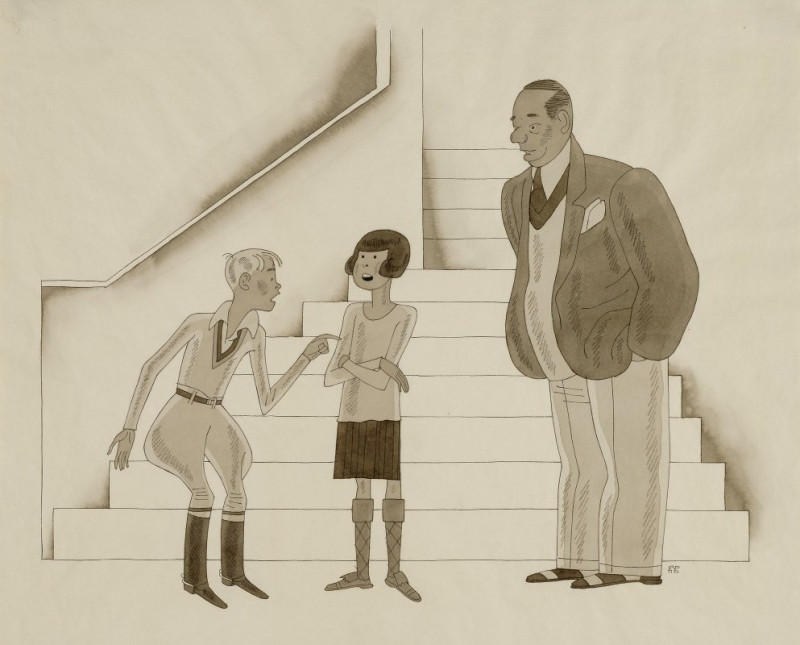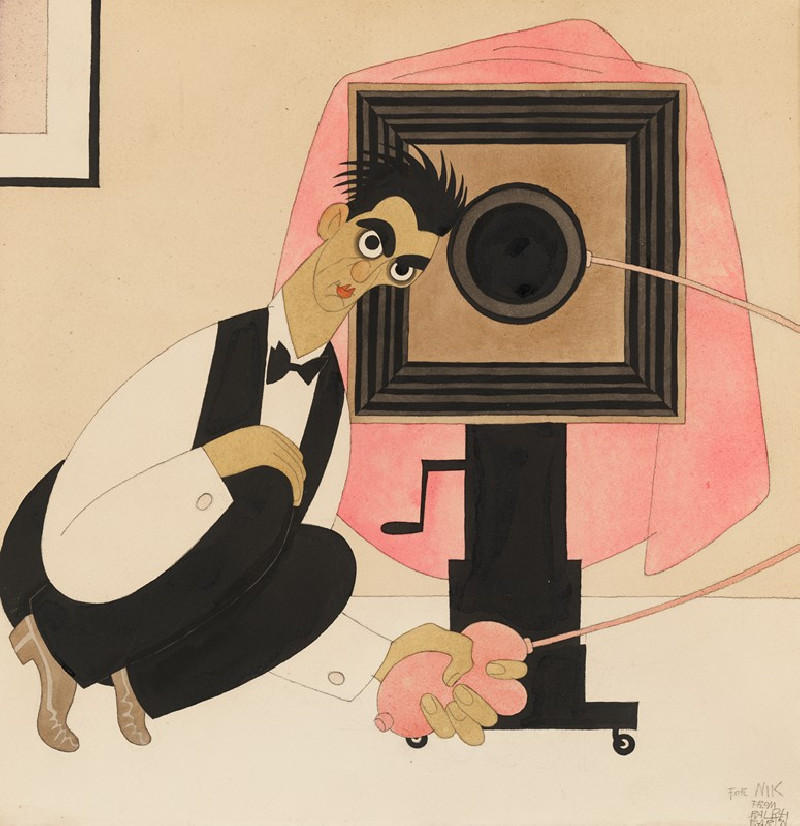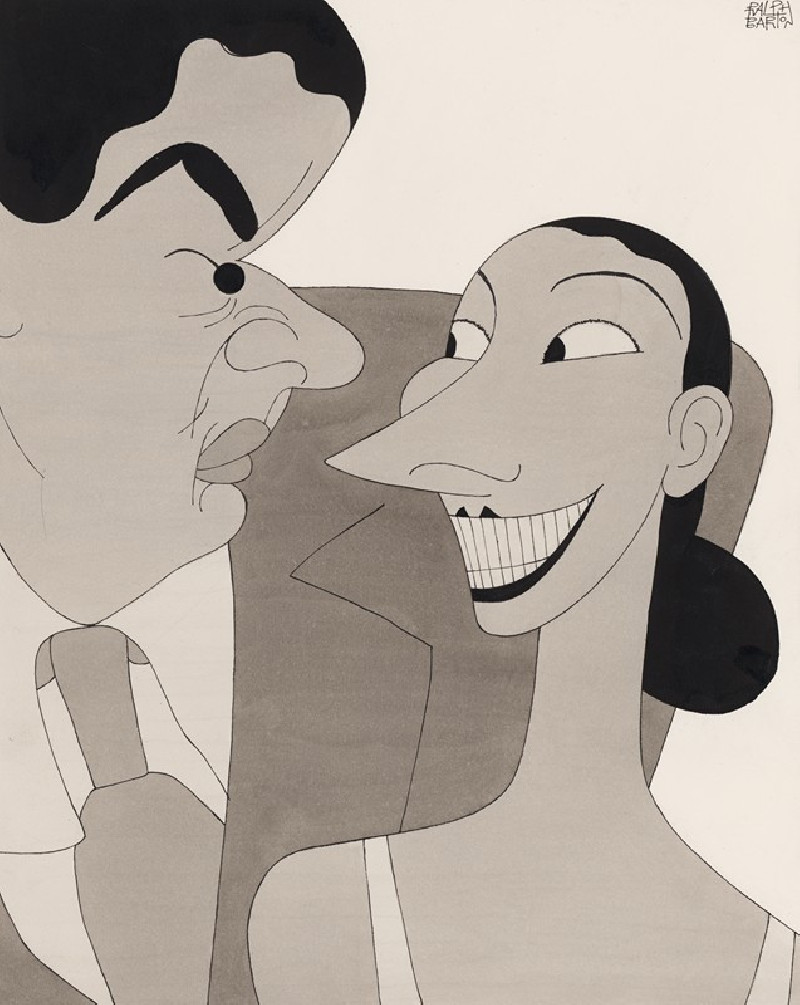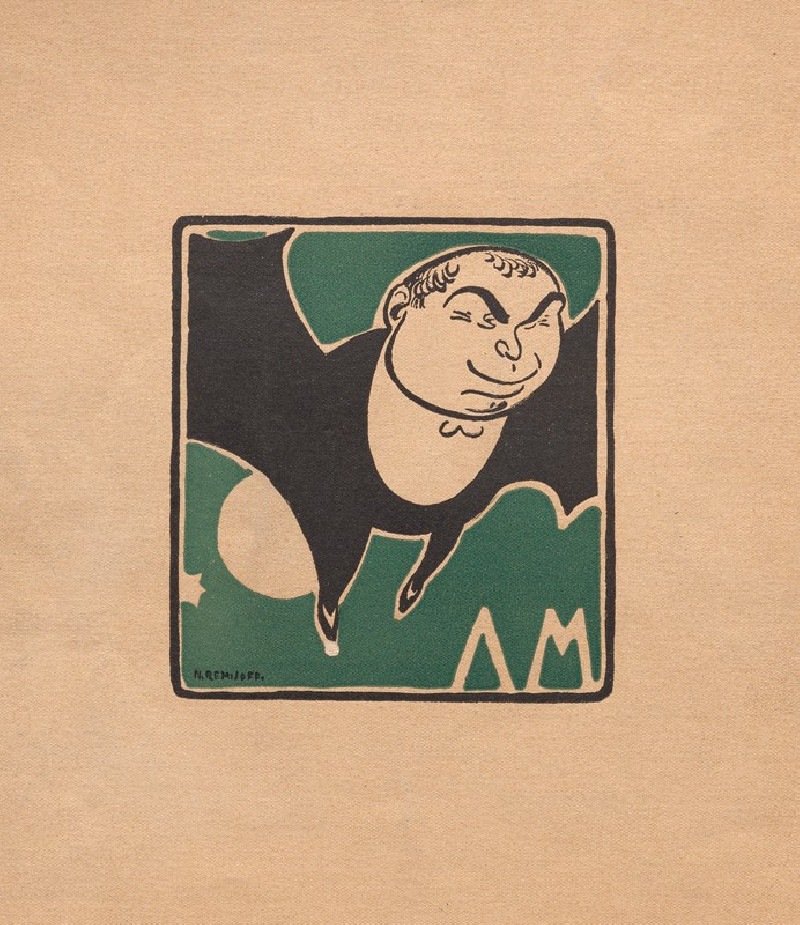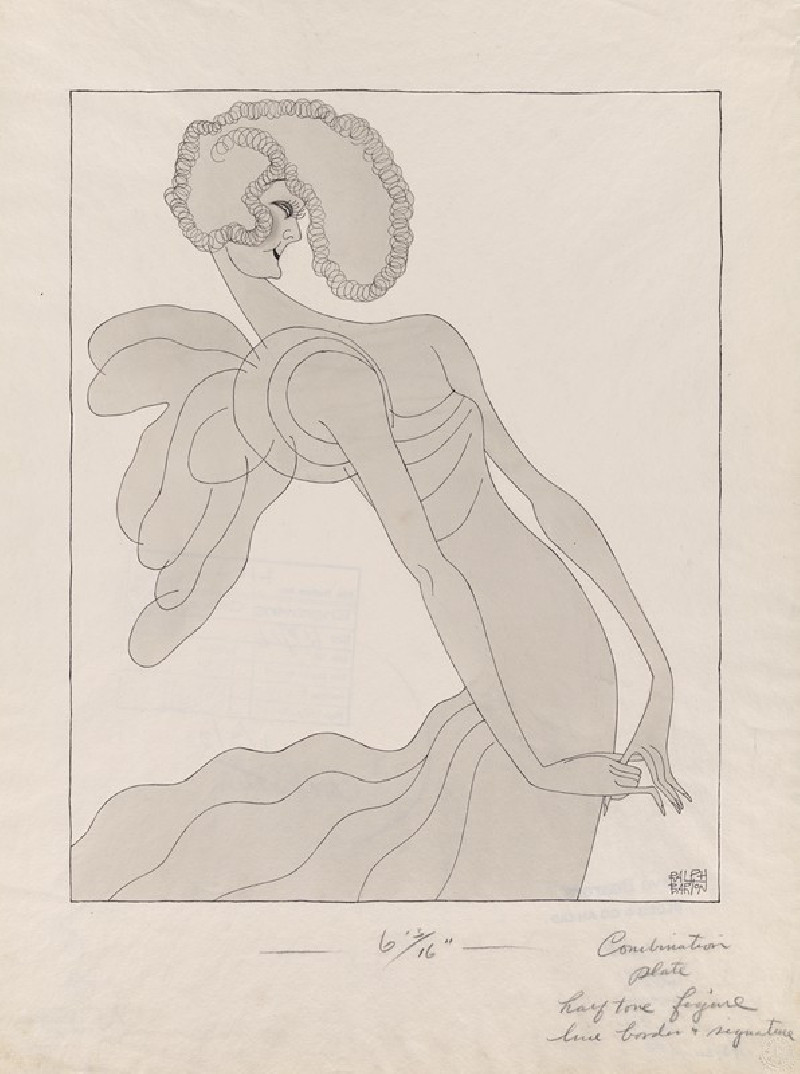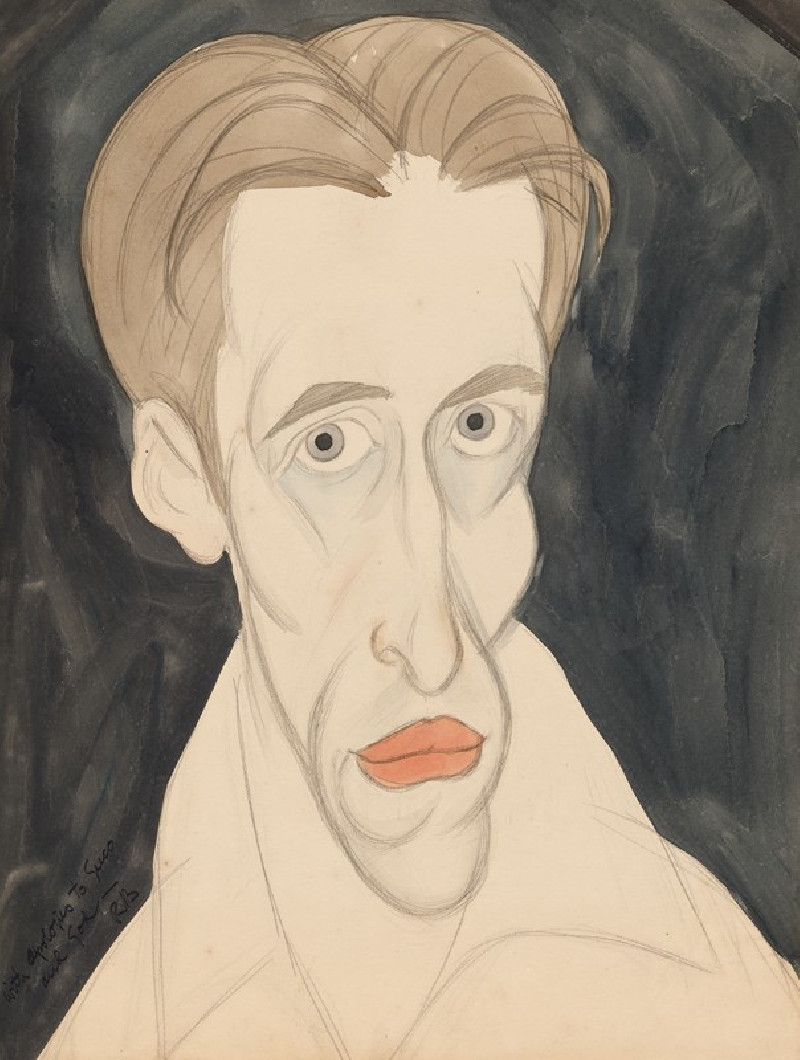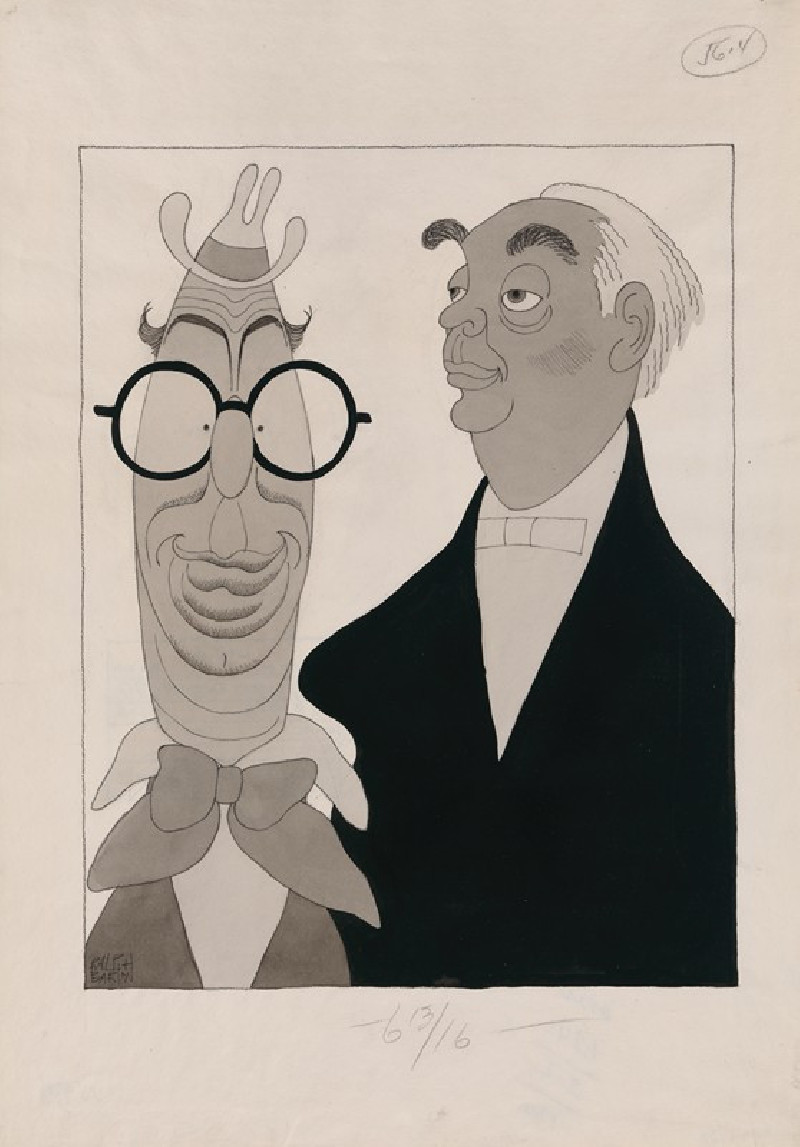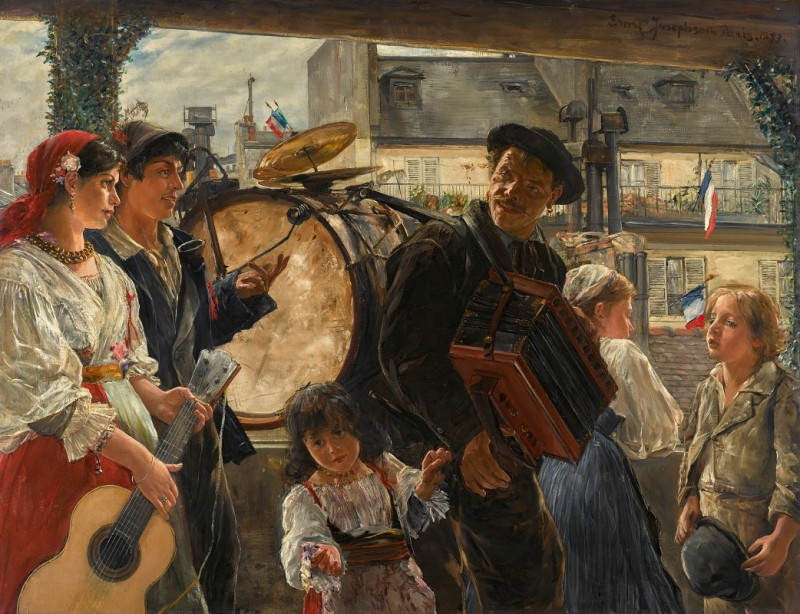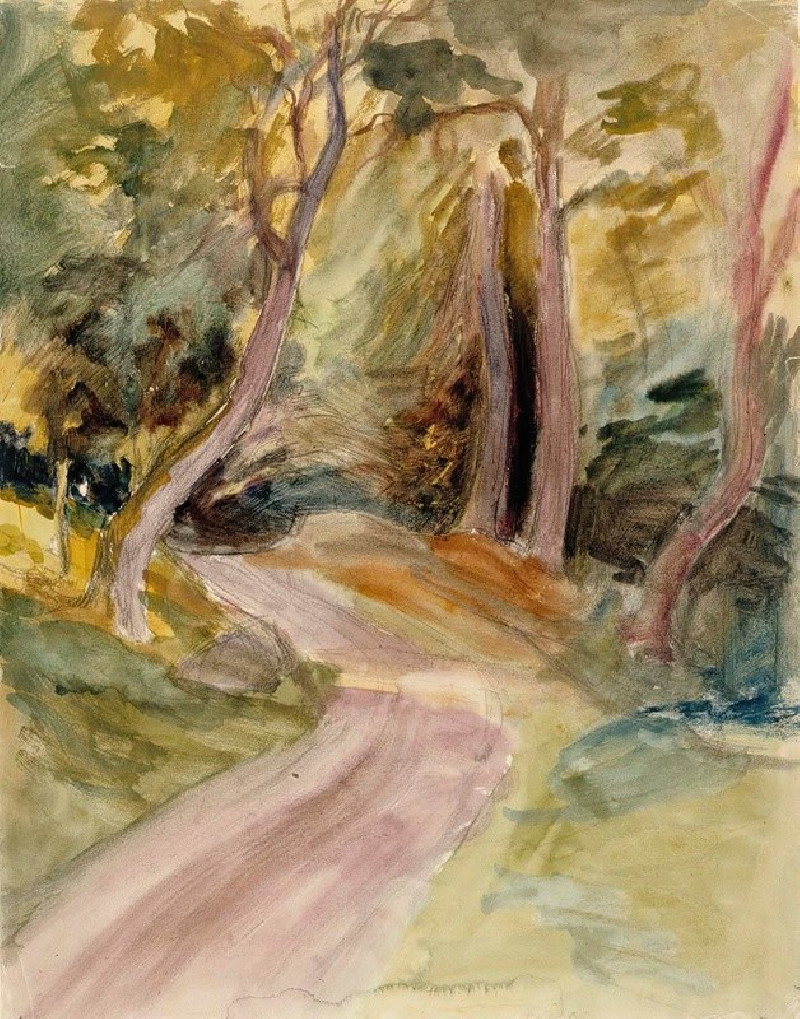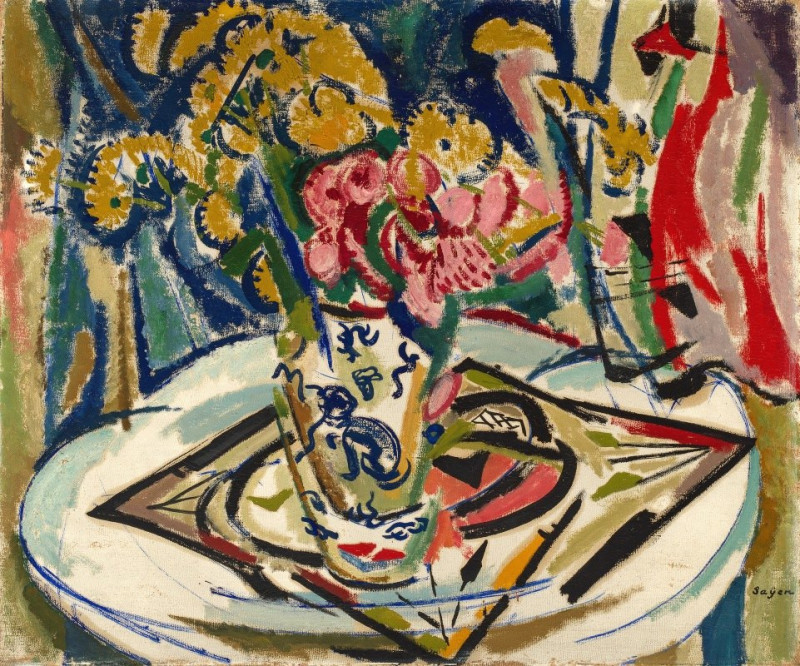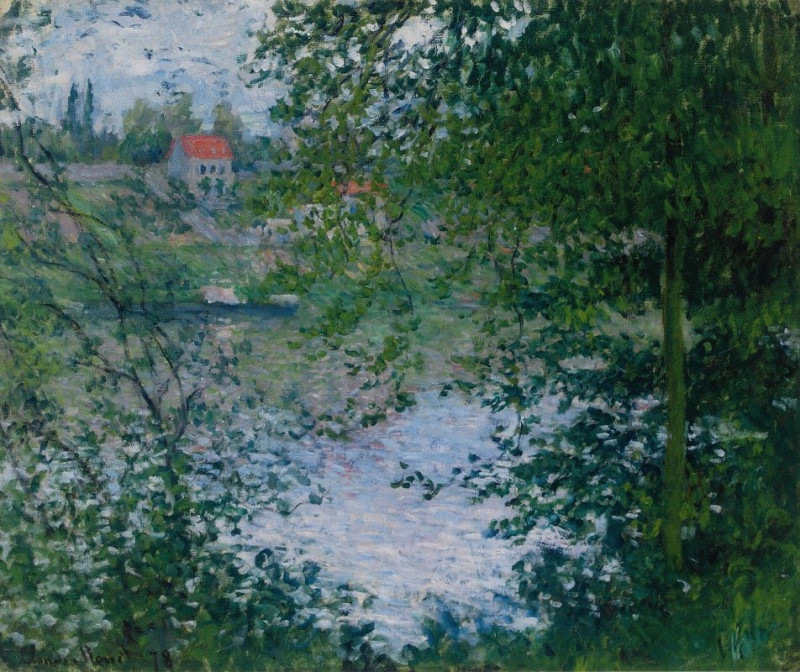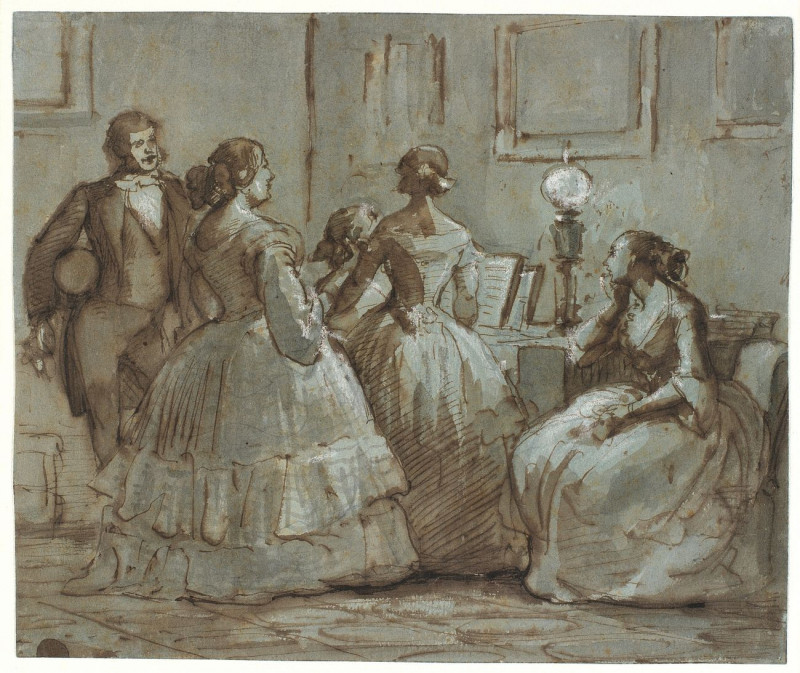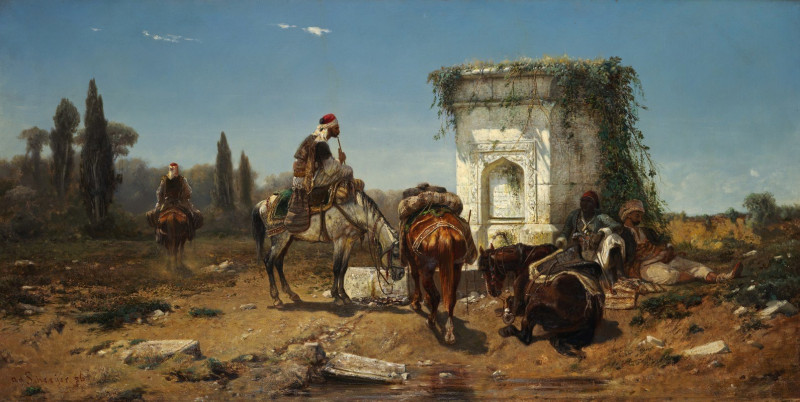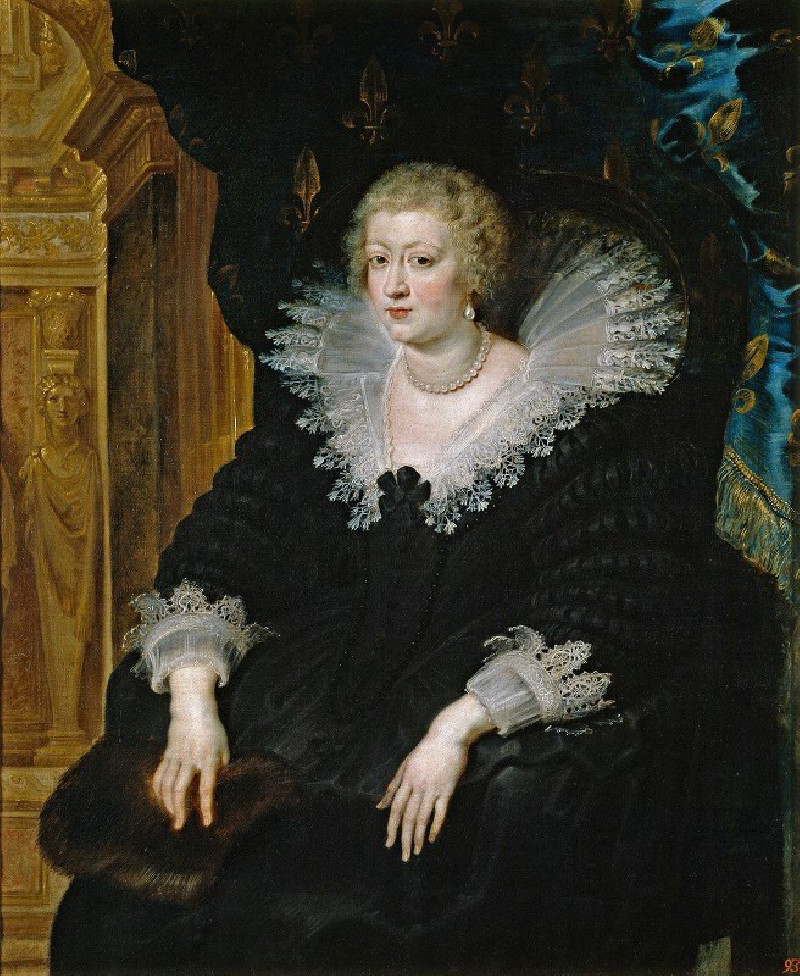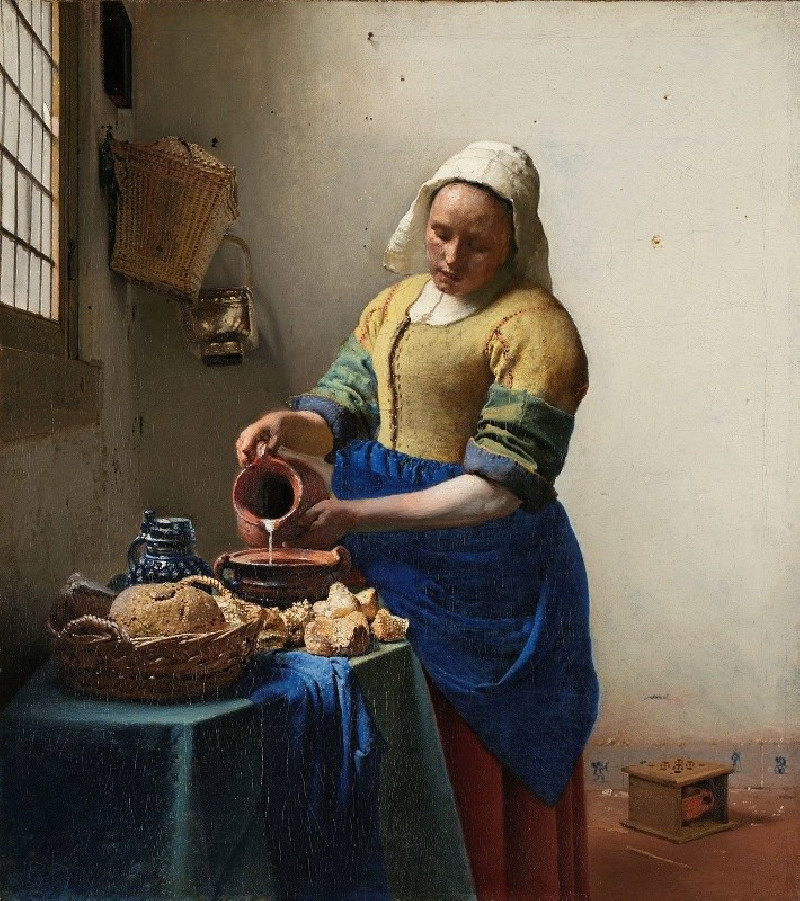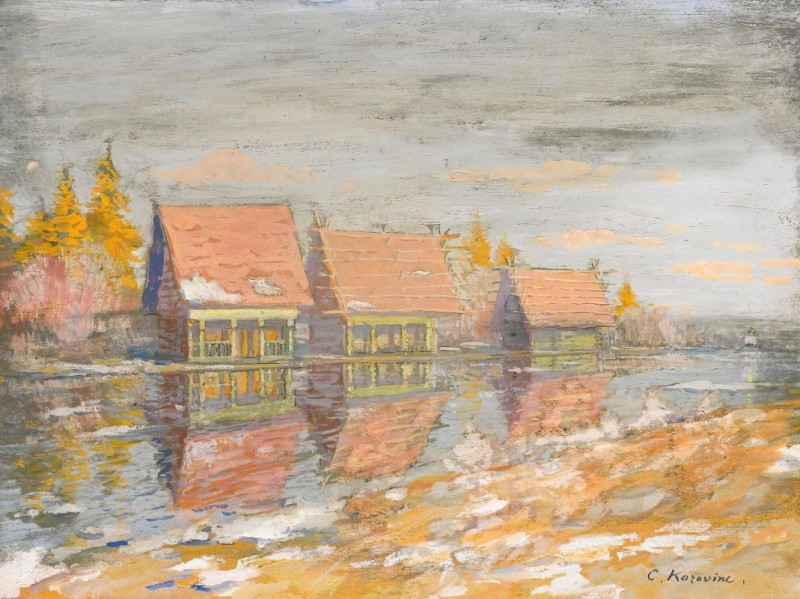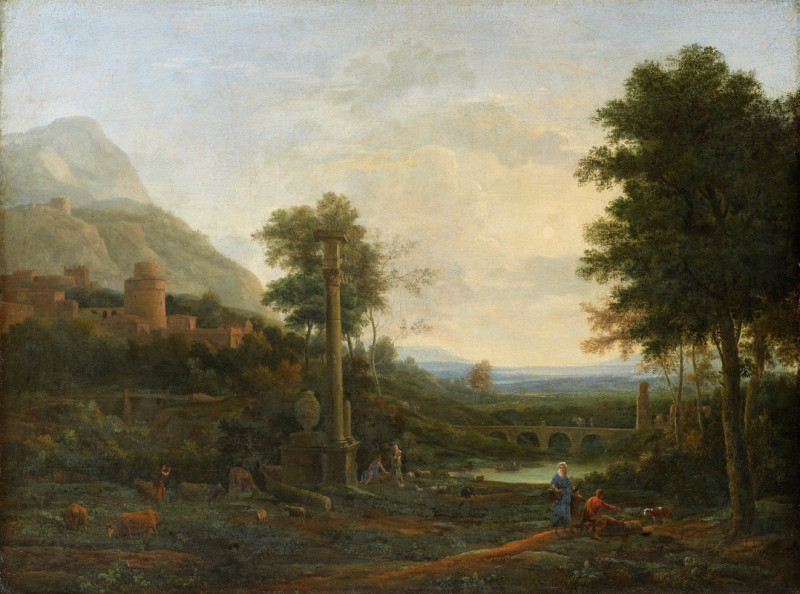Carl Van Vechten (1923)
Technique: Giclée quality print
Recommended by our customers
More about this artwork
"Carl Van Vechten (1923)" is a captivating caricature by American artist Ralph Barton, known for his sharp and satirical portrayal of personalities from the early 20th century. This piece is a striking example of Barton’s unique style in capturing the essence of his subjects with both wit and simplicity.The artwork presents a highly stylized depiction of Carl Van Vechten, an influential American writer and photographer, recognized for his enthusiastic patronage of the Harlem Renaissance and for his photography that documented many of the era’s leading figures. In Barton’s portrayal, Van Vechten is characterized with exaggerated facial features, showing a pronounced jawline, a large, hooked nose, and a playful smirk that hints at a mischievous and lively personality.Van Vechten is shown seated, enveloped in a voluminous, dark cloak that adds a dramatic flair, obscuring his body and merging with the dark sofa, focusing all attention on his expressive face and the intrigued tilt of his head. This minimalist setting, with its limited palette, serves to emphasize the subject's facial expressions and the characteristic light-heartedness imbued by the artist.Intriguingly, the background holds a framed picture of an exuberant cartoon character, possibly another layer of Barton's commentary on Van Vechten's multifaceted personality or his role in the cultural vibrancies of his era. This adds a playful contrast to the otherwise somber tones of the overall composition."Carl Van Vechten (1923)" by Ralph Barton not only reflects the personal attributes of Van Vechten but also encapsulates the spirit of an age where art, culture, and personality intersected in vivid portraiture.
Delivery
Returns
Ralph Waldo Emerson Barton was an American artist best known for his cartoons and caricatures of actors and other celebrities. Though his work was heavily in demand through the 1920s and is often considered to epitomize the era, his personal life was troubled by mental illness, and he was nearly forgotten soon after his suicide, shortly before his fortieth birthday.


